In the last two posts, I have written about sites in Poland which provoked consideration of the themes of religious faith and history during World War II. Both of the sites visited (the Dietrich Bonhoeffer memorial and the statue of Mary and Child outside the Cathedral of St. John the Baptist in Wroclaw) were contextually fixed in the war years—by this, I mean that the Bonhoeffer memorial came as a direct result of his resistance and martyrdom at the hands of the Nazis, and the cathedral was visited in order for us to witness what the sight looked like from photographs in 1945 of the exact same spot we stood in). But a few hundred yards beyond the cathedral and the statue of Mary and Child, a road led over a bridge and past a newer statue that was dedicated to a man for deeds performed decades after the war, but whose personal formation had nonetheless been forged by the war.
When Nazi Germany invaded Poland in 1939, Karol Wojtyla was a young man living in Krakow and studying at the Jagiellonian University. A brilliant student, he would become proficient in a dozen languages, but when the university was closed as part of the Nazis’ attempt to eradicate Polish culture he began working as a manual laborer in Poland (otherwise, as an able-bodied man he would have been sent to Germany as a laborer there). His father was an officer in the Polish Army, but Wojtyla had refused to fire weapons while in mandatory military training. Unfortunately, Wojtyla’s father died from a heart attack in 1941.
Having now lost his mother, brother, and father all before the age of 21, Wojtyla now began to consider joining the priesthood. With the war still raging, in October 1942 he approached the Arch Bishop of Krakow and soon began clandestine study in the underground seminary. He survived numerous physical accidents during the war, and in August 1944 narrowly missed being rounded up in a Gestapo sweep by hiding in his uncle’s basement while the house was searched. Wojtyla had grown up in Wadowice amidst a large Jewish population, and there are multiple accounts where he attempted to help and protect Jews during the war years. However, presumably due to the extraordinary threat and circumstances of the Nazi occupation, he consistently refused to baptize Jewish children into the Catholic faith at this time, believing that they should be raised in the Jewish faith they were born into. Later there would be proposals that Wojtyla be given recognition as one of the Righteous Among the Nations by Yad Vashem, and below is a photograph of an exhibit dedicated to Karol Wojtyla in the Oskar Schindler museum in Krakow.
After the war ended, Wojtyla was ordained as a priest on All Saints’ Day, 1946. Over the years he rose to become the Arch Bishop of Krakow, where he and the Catholic church faced oppression from the communist regime installed by Stalin to rule over Poland. But the world would come to know Wojtyla by the name he took upon his elevation to the papacy in 1978: Pope John Paul II. As Pope, John Paul II would play an instrumental role inspiring the tide for religious freedom and against communist rule that began in Poland, swept across Eastern Europe, and ultimately brought down the Soviet regime itself.
After John Paul II’s death in 2005, the British historian Timothy Garton Ash summed up his legacy as such: “I would argue the historical case in three steps: without the Polish Pope, no Solidarity revolution in Poland in 1980; without Solidarity, no dramatic change in Soviet policy towards eastern Europe under Gorbachev; without that change, no velvet revolutions in 1989.”
Therefore, I thought it was very fitting to discover this statue dedicated to the memory of John Paul II just across a bridge from the Cathedral of St. John the Baptist and a further short walk from the memorial to Dietrich Bonhoeffer in Wroclaw. Without perhaps realizing it, our tour group had traversed a historical path ranging from the resistance and martyrdom of an individual with integrity, to the destructive crucible of aggressive war upon an entire city and its ancient church with the symbols of faith itself standing before it, to a last reminder once again that a single individual leading like-minded others with faith in the ultimate goodness of humanity can make a difference in the great swells of history.
This is the last of three posts on the themes of religious faith and history during World War II. Read Part One and Part Two.
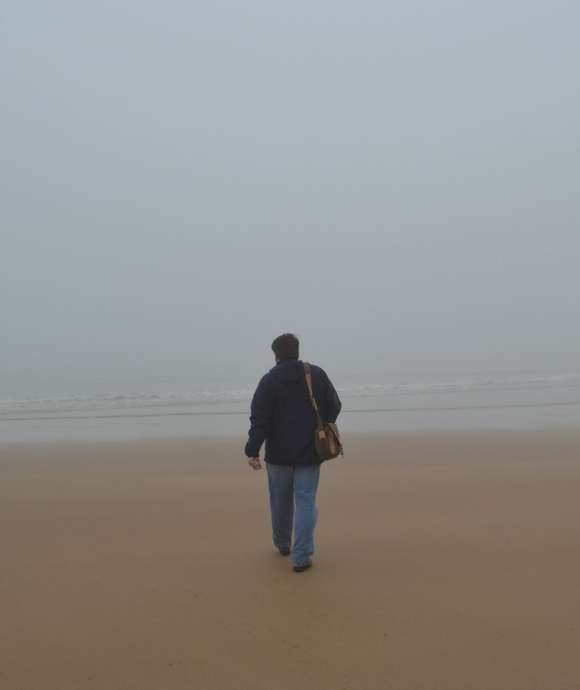
"No matter one’s age, travel is a unique and exciting educational experience. In my work, I have had the opportunity to reflect on history, events, and people in the places where they experienced life. Through the viewfinder, we can not only find history and perspective, but create memory, and evoke our evergreen past."
– Keith Huxen, PhD, Senior Director of Research and History, The National WWII Museum
Keith Huxen
Keith is the former Senior Director of Research and History in the Institute for the Study of War and Democracy at The National WWII Museum.
Cite this article:
MLA Citation:
APA Citation:
Chicago Style Citation:
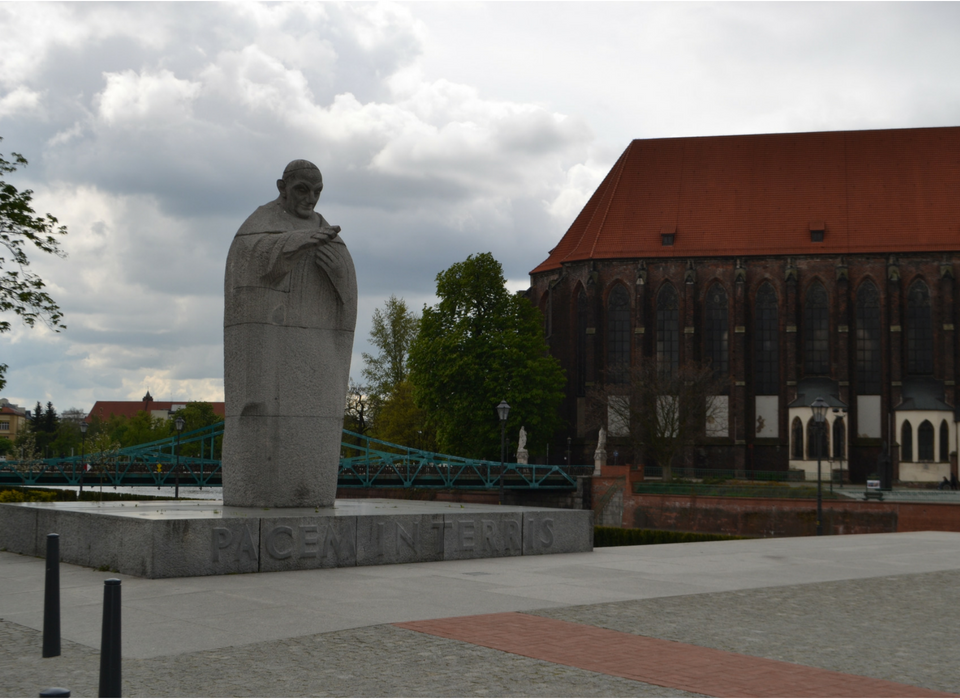
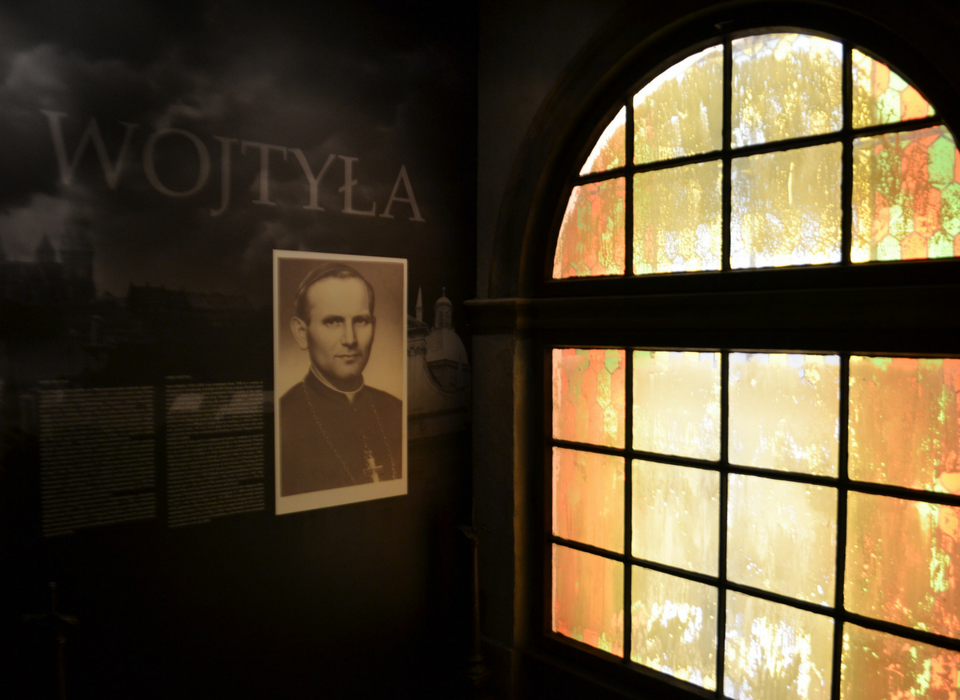
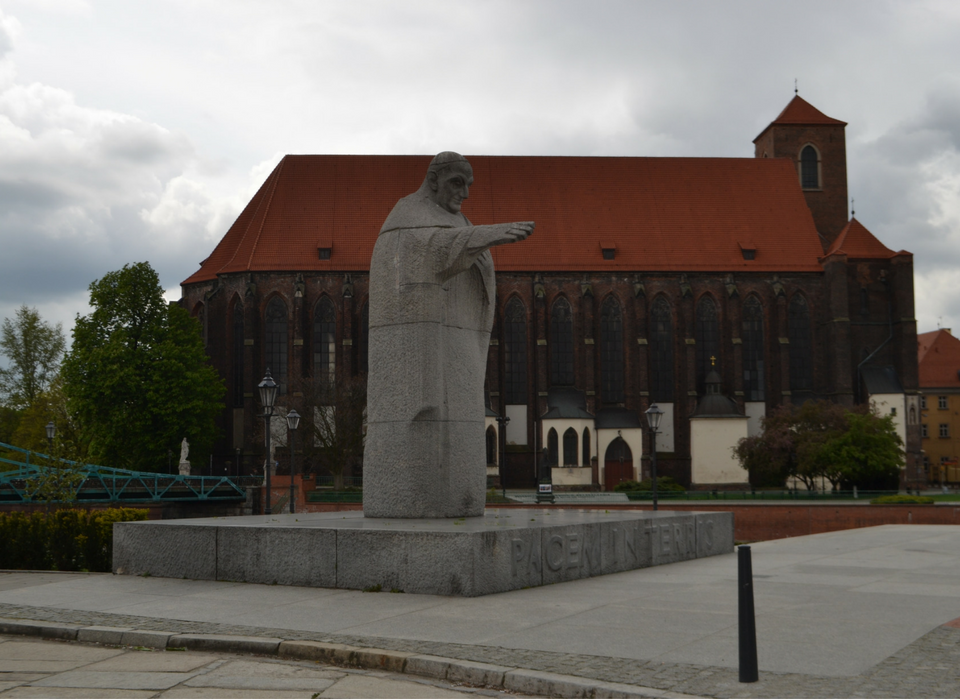

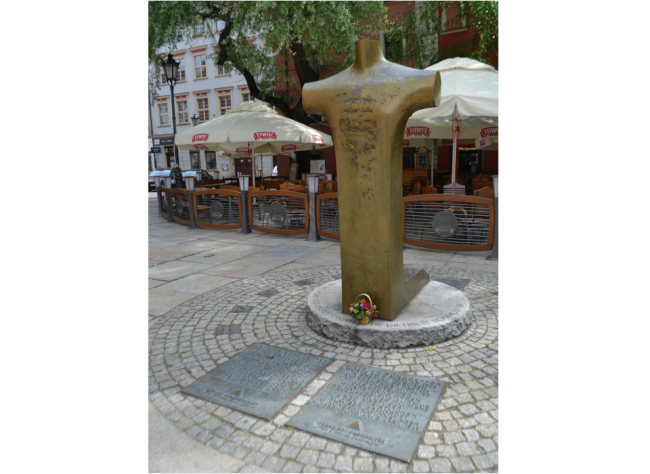
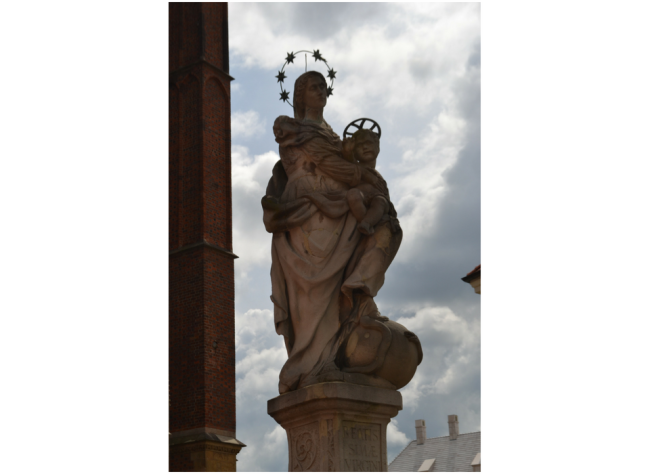



![Max Fuchs, New York City cantor, sings as Rabbi Sydney [sic] Lefkowitz, Richmond, VA, conducts the first Jewish services from Germany.](/sites/default/files/styles/max_650x650/public/2025-10/image1.jpg)



